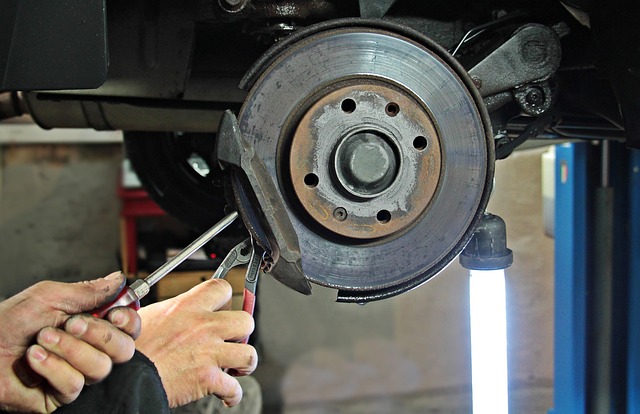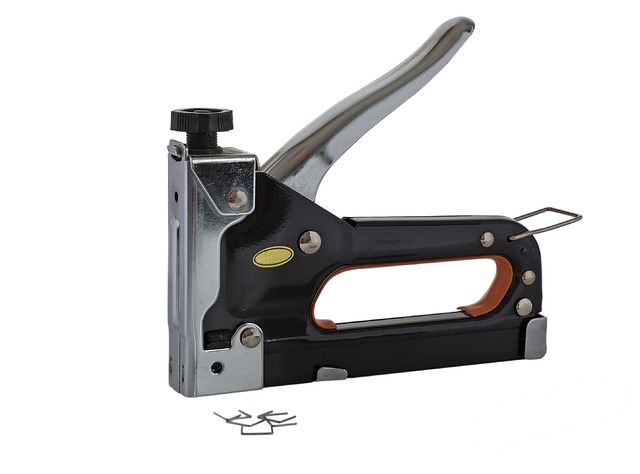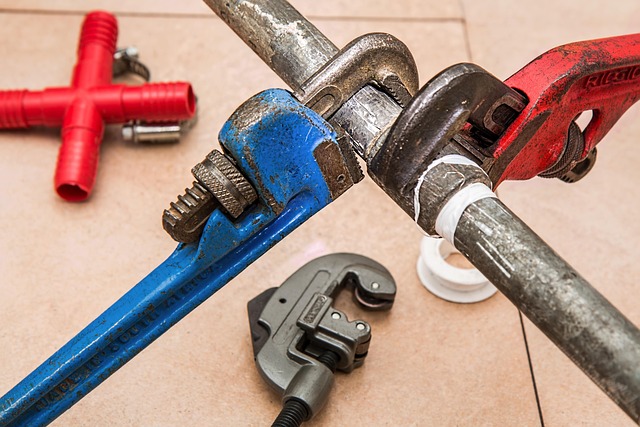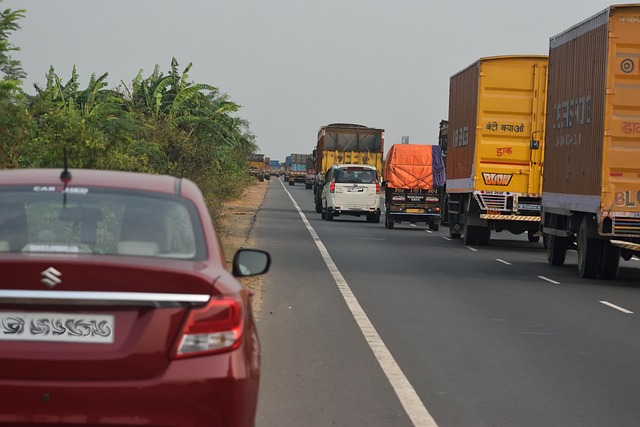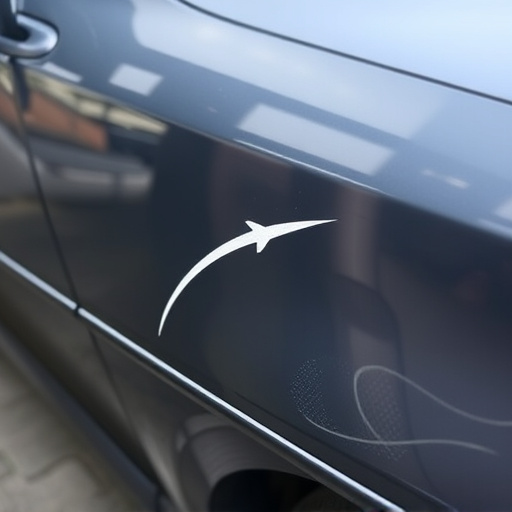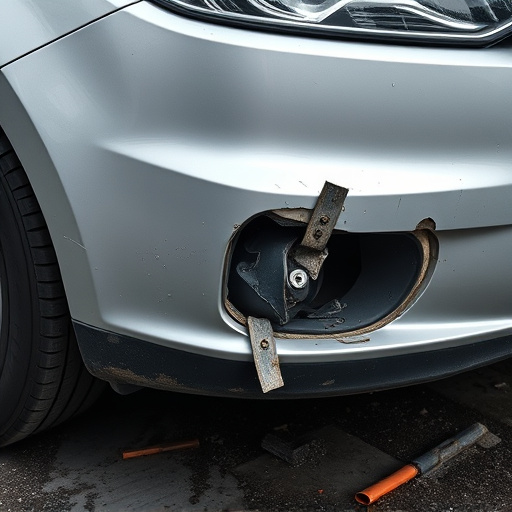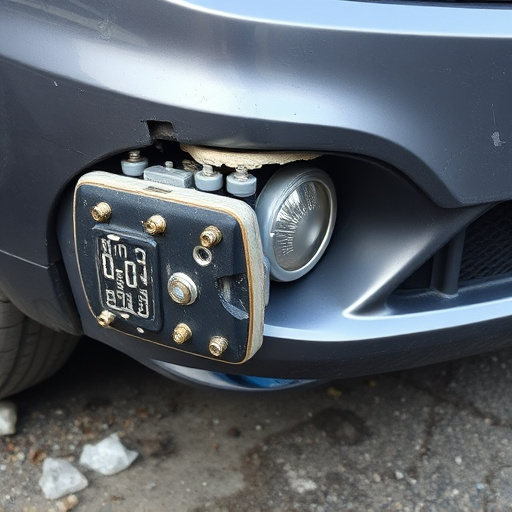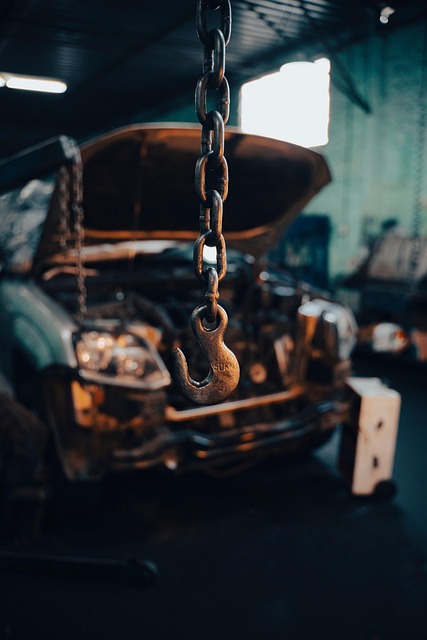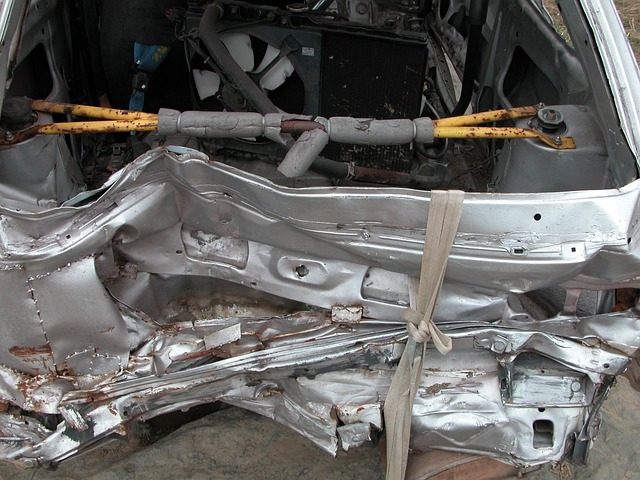Tesla remote diagnostics after repair is a vital tool for maintaining software integrity in their vehicles. By remotely connecting repaired cars to Tesla's network, this technology verifies code accuracy, ensures vehicle health and security, and swiftly addresses any discrepancies or vulnerabilities. This process enhances safety, customer trust, and supports Tesla's advancement of electric vehicle technology.
Tesla’s remote diagnostics play a pivotal role in maintaining software integrity post-repair. This innovative feature allows for the verification of a vehicle’s software health from afar, ensuring that repairs don’t introduce new issues. After a service event, Tesla remotely checks critical systems and software components to confirm their integrity and safety. This process not only streamlines ownership but also bolsters confidence in the vehicle’s performance, offering peace of mind for every Tesla driver.
- Understanding Tesla Remote Diagnostics
- Post-Repair Process: Verifying Software
- Ensuring Software Integrity and Safety
Understanding Tesla Remote Diagnostics
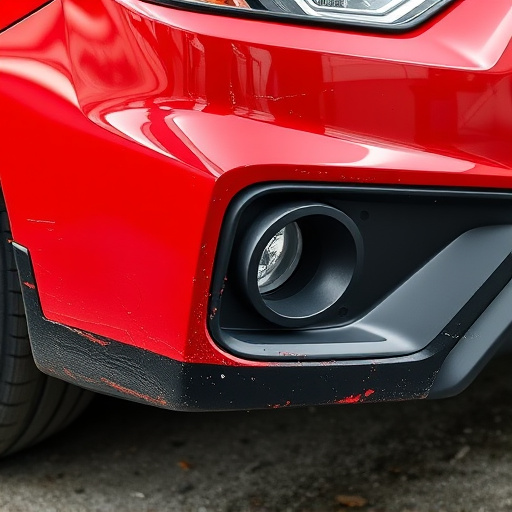
Tesla’s Remote Diagnostics technology plays a pivotal role in ensuring the software integrity of their vehicles after any repair, especially for auto body services and automotive collision repair centers. This innovative feature allows Tesla to maintain complete control over its vehicle’s systems, even when they’re not physically present at the repair shop. After a repair, whether it’s part of fleet repair services or a specialized auto body service, the car connects to Tesla’s network, enabling engineers to verify every line of software code.
This process goes beyond simply checking for errors; it involves validating the overall health and security of the software. By leveraging Tesla remote diagnostics after repair, the company can swiftly identify any discrepancies or potential vulnerabilities in its software, ensuring that each vehicle leaving their facility meets the highest standards. This level of scrutiny is crucial in maintaining customer trust and safety, especially as Tesla continues to push the boundaries of electric vehicle technology.
Post-Repair Process: Verifying Software
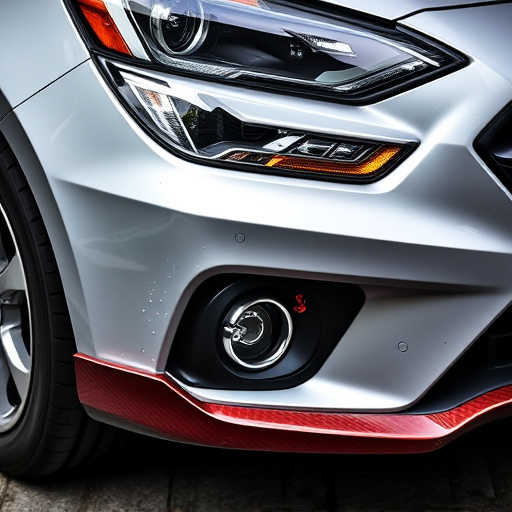
After a repair on any Tesla vehicle, the post-repair process involves a critical step: verifying software integrity through Tesla remote diagnostics. This ensures that all systems are functioning optimally and seamlessly, from the moment the car is back on the road. The process leverages advanced technology to perform a thorough check, examining every component in real time, including the car’s electrical system, sensors, and communication modules.
Tesla remote diagnostics play a pivotal role here, as they enable mechanics to remotely access the vehicle’s software, simulating various driving scenarios and conditions. This includes testing the performance of safety features, such as brakes and airbags, as well as validating the functionality of infotainment systems and connectivity services. Moreover, this method allows for swift identification and resolution of any software discrepancies or bugs, ensuring the car returns to its peak condition without issues related to the car bodywork, paintless dent repair, or auto painting.
Ensuring Software Integrity and Safety
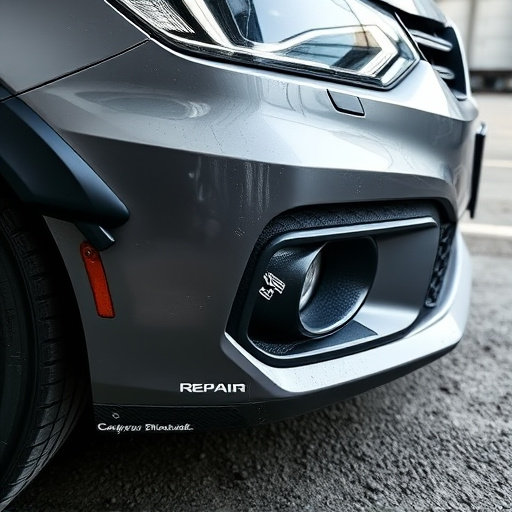
Maintaining software integrity is paramount in modern vehicles, especially in electric cars like those from Tesla. After a repair, particularly for issues involving software or electrical systems, such as a car scratch repair or automotive collision repair, Tesla remote diagnostics play a crucial role in ensuring safety and performance. By leveraging remote access to the vehicle’s system, technicians can verify that all software components are intact and functioning correctly. This is essential not just for operational efficiency but also for preventing potential safety hazards.
Tesla remote diagnostics after repair help detect any anomalies or tampering with the software, which could have been caused during a vehicle body shop visit or an earlier collision repair. This verification process ensures that every update and fix remains unaltered, upholding the vehicle’s overall integrity. Consequently, it enhances the driving experience by guaranteeing that all systems are operating at peak performance, thereby increasing road safety for both passengers and other drivers.
Tesla’s remote diagnostics after repair play a crucial role in ensuring software integrity and safety. By leveraging this technology, Tesla can verify the health of their vehicles’ systems remotely, enhancing customer satisfaction and peace of mind. This post-repair process is a game-changer in terms of troubleshooting, as it allows for swift identification and resolution of any issues, ultimately contributing to a more reliable and secure driving experience.
